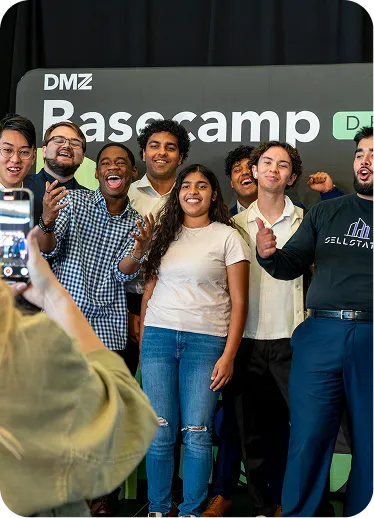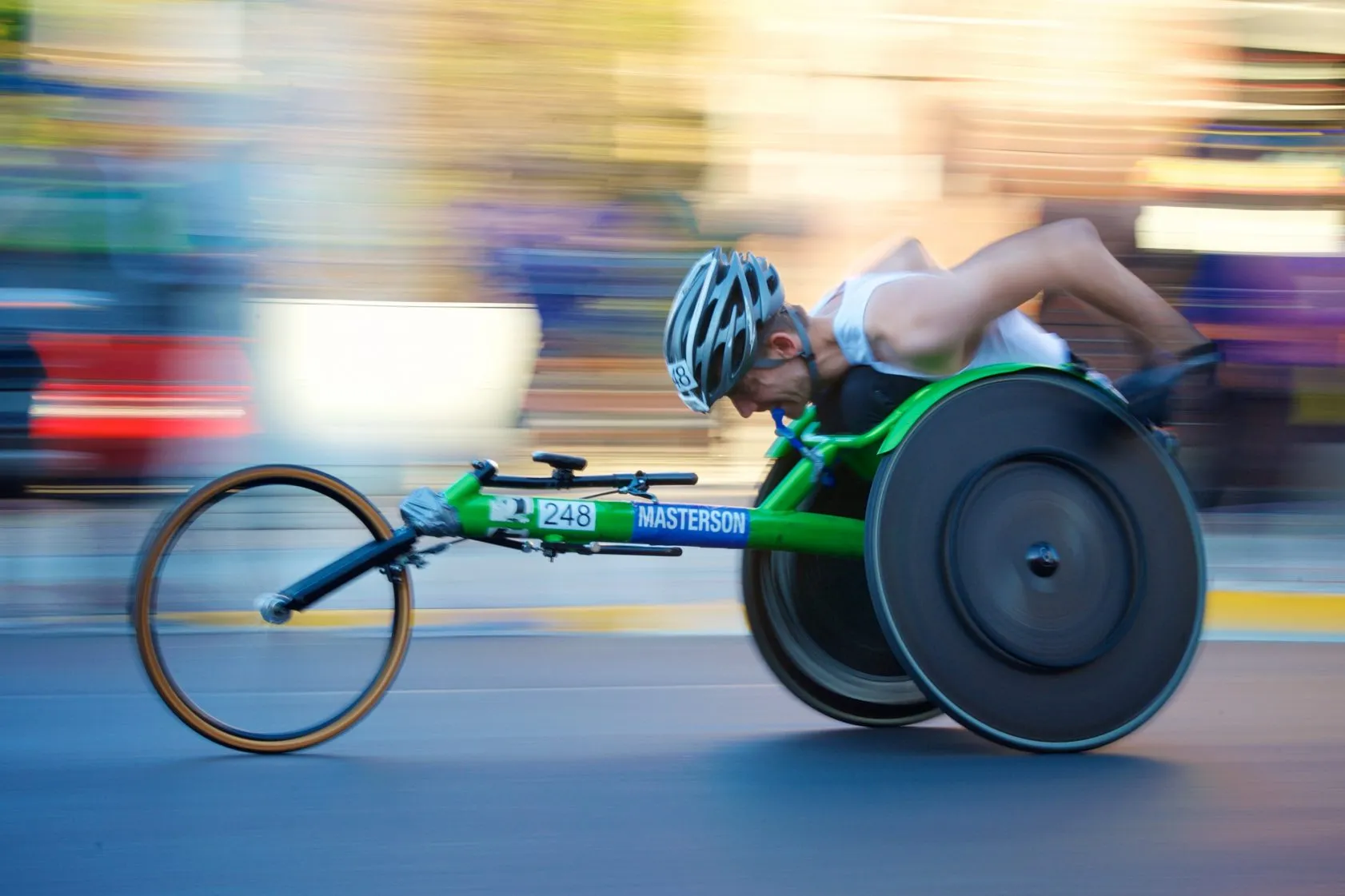Almost 14 per cent of Canadians aged 15 and older have a disability, according to a 2012 Statistic Canada report. That number, the most recent figure available, means that 3.8 million people live with a mental or physical impairment. Worldwide that number jumps to about 190 million, which works out to approximately 15 per cent of the global population.
As the world's elderly population continues to grow more people will come to rely on assistive technology. Startups willing to invest in this sector now have the ability to capitalize on this booming demographic.
Breakthrough technology
Accessibility technology, a term used to describe equipment that improves how individuals with disabilities function, has grown in popularity.
The technology is helping the impaired in a variety of ways that many able-bodied take for granted. For instance, Amazon's voice-controlled Alexa is more than just a personal assistant to many. Individuals that can hold a phone may not see it as a life-changing piece of technology, but for those who can't dial 9-1-1 it could be the difference between life and death.
Toronto-based AccessNow, founded by Maayan Ziv, is just one of the many startups making the world a more accessible place. Listen to the latest BusinessCast episode, hosted by Robert Gold, to hear Maayan's inspirational story. Afterwards take a look below at the futuristic products that may someday transform society. To hear more from BusinessCast, make sure to visit our official iTunes page.
Life-changing technology
1. This finger-reader may still be in the prototype phase, but when it does eventually become a reality it'll be a game changer for the visually impaired. Unlike most of today's e-readers that work exclusively with computer screens this device can read printed text and has the capability to turn any text into audio.
2. Scientists at Case Western Reserve University have developed an innovative way for the people with disabilities to regain basic motor functions using electrical implants attached to the brain's motor cortex area. The experimental procedure temporarily restored function to a U.S. 's arm earlier this year and is currently in clinical trials.
3. Helping deaf people 'hear' could be as simple as attaching a small electrical device to their tongue, if three University of Colorado professors have their way.The device when worn on an individual's tongue connects to an earpiece that can discern anyone's words when spoken out loud and then is transmitted to their brain.


.webp)




